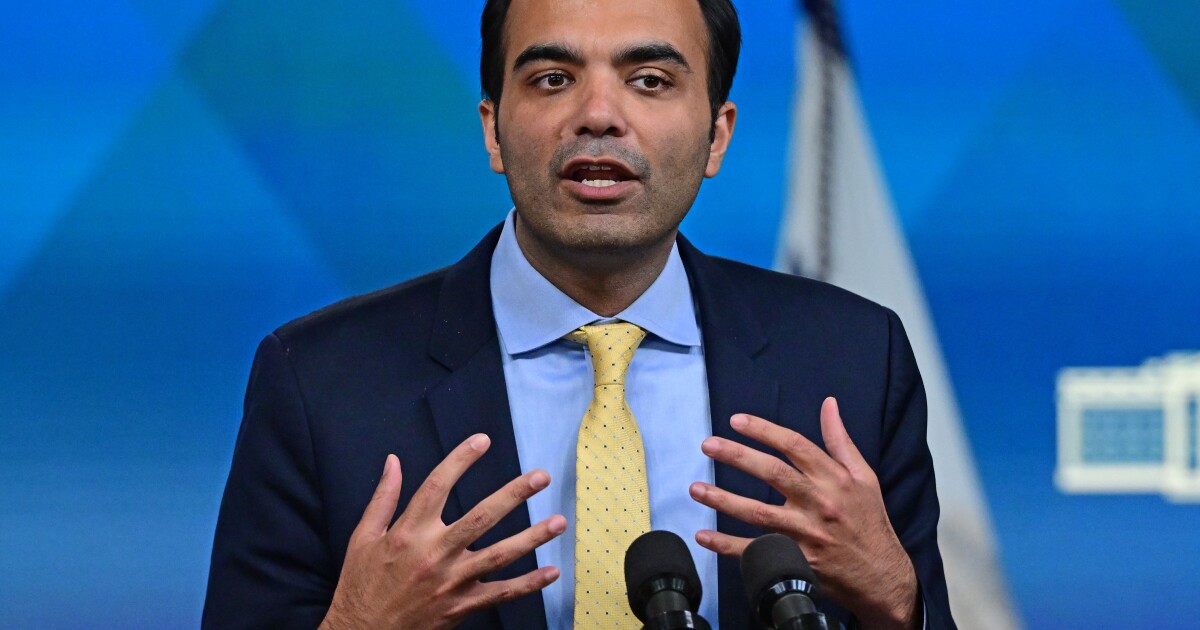
Purchasing power grew 17.6% annually and 0.9% monthly in October as descending interest rates created some affordability amid a white-hot seller's market, according to First American's Real House Price Index.
The pandemic caused concentrated demand and tightened an already-constrained inventory, pushing home price appreciation up by 7.9% in October from March. However, home-buying power rose 10.7% as affordability grew 2.5% over that same time frame."The pent-up demand from spring came roaring back in June and the super-sellers’ market emerged," Mark Fleming, chief economist at First American, said in the report. "The pandemic has intensified a sense of home as refuge and falling mortgage rates have made financing a home purchase historically inexpensive."
The Real House Price Index — a metric that adjusts residential property prices for income and mortgage rate fluctuations — dropped 5.8% in October from the year before. Declines in RHPI equate to improved affordability for buyers.
Only three states posted year-over-year RHPI growth. Wyoming led with a 2.7% increase, followed by 0.3% in Vermont and 0.2% in Oklahoma. California had the largest decrease at 9%, trailed by drops of 7.6% in Hawaii, Massachusetts and New Hampshire.
RHPI rose in 11 of the 50 largest metro areas tracked. Cleveland led with a 4.78% annual gain, with 3.97% in Pittsburgh and 2.05% in Kansas City, Mo., next. San Francisco experienced the largest drop at 16.91%, followed by declines of 13.61% in San Jose, Calif., and 11.62% in Boston.
San Francisco also finished first in annual purchasing power growth, with a gain of 24.84%. Miami and Riverside, Calif., came next at 23.41% and 23.3%, respectively. Kansas City fell to the other end of the spectrum with an 8.99% jump in home-buying power. Pittsburgh was just above at 9.15% and New Orleans next with 9.59%.
"In 2021, mortgage rates are anticipated to remain near historic lows and the economy should improve as vaccinations become more widespread. Both of these conditions will keep house-buying power strong,” Fleming said. "Yet, housing supply constraints will likely remain and continue to fuel a sellers’ market. The question is, will robust house-buying power be enough to offset strong nominal house price appreciation?"



